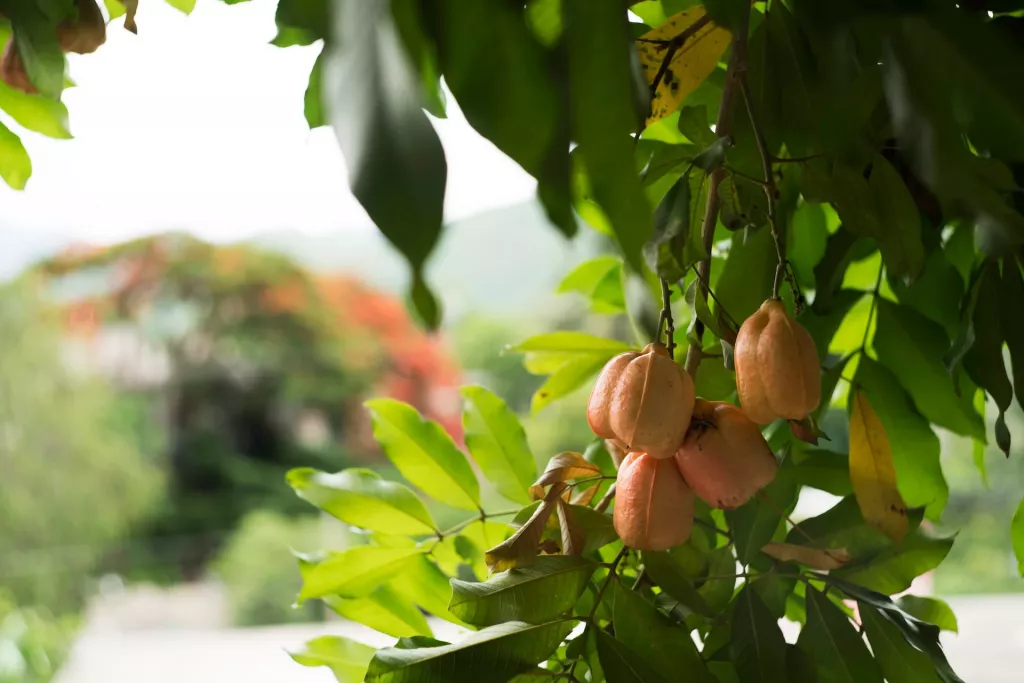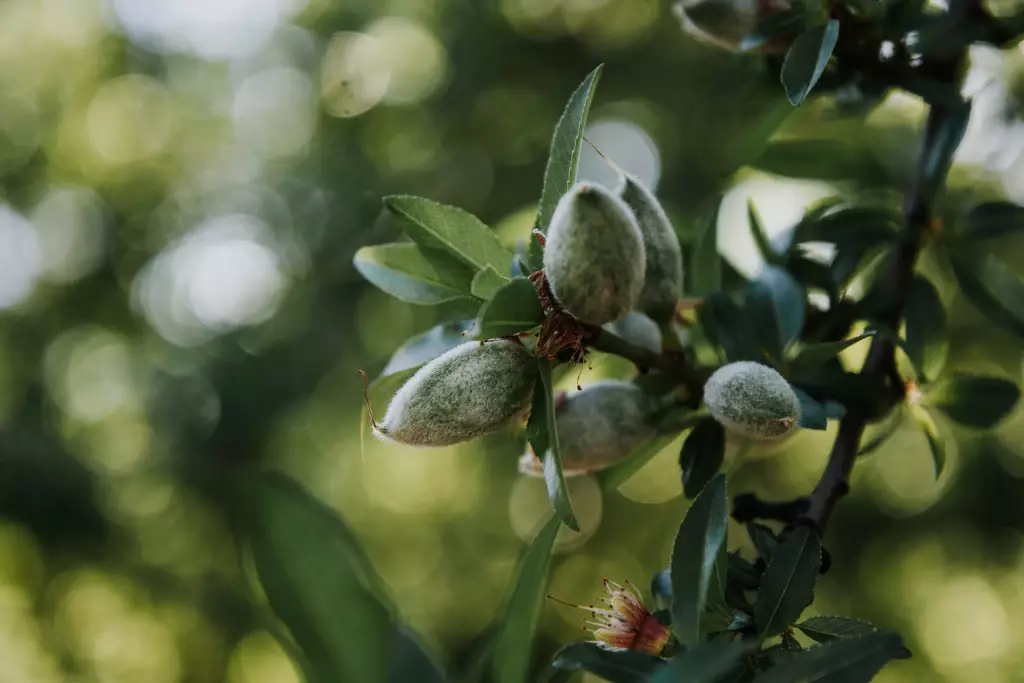A Surprising Way To Get Old Pecan Trees to Produce
Caring for an old pecan tree can help it produce a bountiful crop despite its age. Surprisingly, it takes just a few changes in your maintenance routine to encourage an old pecan tree to produce more and higher-quality nuts. The key elements of this process are proper fertilization, sufficient water, and ensuring access to essential nutrients such as zinc.
To get your pecan tree to yield a better harvest, provide the right fertilizers at the appropriate times. A common choice for pecans is a 19-10-5 fertilizer with 2% zinc, applied in mid-March for mature trees and in multiple applications for younger ones.
Don't forget to measure the tree trunk's width at four feet from the ground to determine the correct fertilizer amount.
In addition to the right nutrients, ensure your tree receives enough water. Experts recommend watering your pecan tree at least once a week, with the water penetrating three feet deep. Let's dive into more details below.
Summary
- You can effectively rejuvenate your old pecan tree and help it produce more nuts by balancing nutrients, addressing soil issues, pruning, and grafting.
- Provide your old pecan tree with the necessary fertilizer, water, and attention.
- Pruning is important for maintaining the health and productivity of pecan trees.

On this page:
Stimulate Your Old Pecan Trees to Produce
In this section, we'll dive into balancing nutrients, addressing soil issues, pruning techniques, and grafting techniques to make your trees thrive again.
Balance the supply of nutrients
One of the keys to revitalizing your old pecan tree is ensuring it receives the proper nutrients. Specifically, zinc is essential for normal tree growth and nut production. You can apply a zinc foliar spray to improve its uptake by the tree. Consistently watering once a week and ensuring the water reaches at least 3 feet deep is also crucial to maintaining your tree's health.
Pecan trees require a balanced supply of nutrients to grow and produce nuts. A soil test can help determine what nutrients are lacking in the soil and what needs to be added. Commonly, pecan trees need nitrogen, phosphorus, potassium, calcium, and magnesium. Fertilizers can be applied to the soil to provide these nutrients, but it's important not to over-fertilize, as this can harm the tree.
Address soil issues such as pH levels

Get a soil test to determine nutrient levels and any potential deficiencies. Then, apply the recommended fertilizers accordingly. Without a soil test, you can follow general guidelines like applying 1 pound of 13-13-13 per tree per year of age up to 25 pounds per tree and 1 pound of 34-0-0 per tree per year of age up to 20 pounds per tree.
Pecan trees prefer well-draining soil that is slightly acidic with a pH between 6.0 and 6.5. If the soil is too alkaline, sulfur can be added to lower the pH. If the soil is too compacted, it can be loosened with aeration or by adding organic matter like compost. If the soil is too wet, drainage can be improved by adding drainage tiles or by planting the tree on a raised bed.
Pruning techniques to rejuvenate your old pecan tree
Remove dead or dying branches, diseased limbs, and any branches that compete for sunlight and resources. Extensive pruning, if done correctly, can help revive your tree and interrupt the alternate-bearing process.
Dead or diseased branches should be removed, as should any branches that are crossing or rubbing against each other. Thinning out the canopy can also help improve air circulation and light penetration, which can lead to better nut production. Pruning should be done in the winter while the tree is dormant.
Grafting techniques to propagate pecan trees
Grafting is a technique used to propagate pecan trees and can also be used to change the variety of an existing tree. The scion wood from a desired variety is grafted onto a rootstock of a different variety. This allows the tree to produce nuts of the desired variety while still maintaining the root system of the original tree. Grafting should be done in the spring, when the tree is actively growing.
By grafting branches from a more productive variety or the same variety with more desirable traits, you can potentially improve your tree's productivity. Be sure to consult with a local expert or extension agent for guidance on grafting techniques specific to pecan trees.
How to Care for Old Pecan Trees

Caring for old pecan trees requires attention to detail and a commitment to ongoing maintenance. By implementing the right strategies, you can help your trees produce a healthy, abundant crop of pecans.
Regular watering of your old pecan trees
Establish a consistent watering schedule for your old pecan trees. Water them deeply, making sure that the moisture reaches the roots. Keep an eye on the soil moisture levels, especially during dry periods, and adjust your watering schedule as needed. Ensuring that your trees receive enough water will promote healthy growth and nut production.
Pest and disease management
Familiarize yourself with the common issues that can affect pecan trees and take preventive measures to protect them from these threats. In the event that you notice signs of pests or diseases, quickly address the problem and seek guidance from a professional if necessary.
Fertilizer and soil amendments
Provide your old pecan trees with the necessary nutrients for growth and nut production. Regularly test your soil to determine any deficiencies and adjust your fertilization routine accordingly. Using the appropriate fertilizers and soil amendments can help rejuvenate your old pecan trees and improve nut production.
The Benefits of Revitalizing Old Pecan Trees

Boosting economic value
When you revive old pecan trees, it can benefit you not just environmentally but also economically. As you bring them back to life by providing the necessary care like proper maintenance, fertilizing, and managing common diseases, your trees will produce more nuts.
The increased yield means you can sell the produce in local markets or even use it for personal consumption, ultimately saving you money on purchasing nuts. Moreover, healthy pecan trees increase the overall aesthetics of your property, potentially raising its value.
To achieve these benefits, here are some steps to follow:
- Stick to a regular watering schedule, making sure not to overwater or underwater the trees.
- Use appropriate fertilizers to ensure proper nutrient uptake by the tree, especially zinc, as it plays a crucial role in pecan trees' nut production.
Preserving heritage trees
Old pecan trees can be considered heritage trees, representing a neighborhood or a family's history and legacy. Breathing new life into these trees not only preserves their heritage value but also sustains their ecological role within the environment. As they continue to grow healthily, old pecan trees can provide shade, support local wildlife, and maintain soil health.
To preserve your heritage pecan trees, consider these tips:
- Perform extensive pruning carefully to ensure the tree's rejuvenation without causing irreparable harm. Thriving Yard suggests interrupting the alternate-bearing process for old pecan trees.
- Protect the trees from common diseases by routinely checking for signs and symptoms and applying the necessary treatments.


